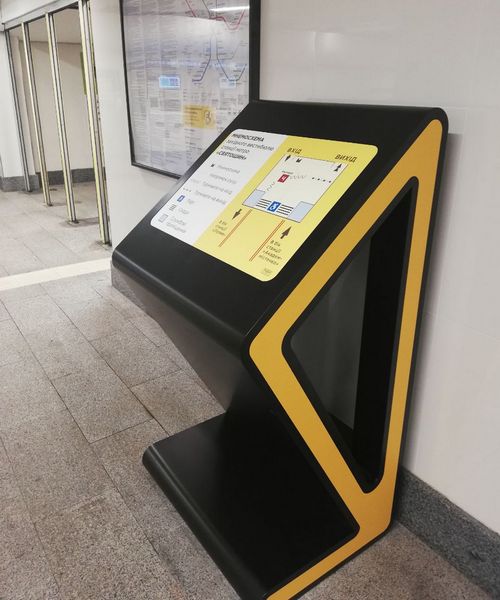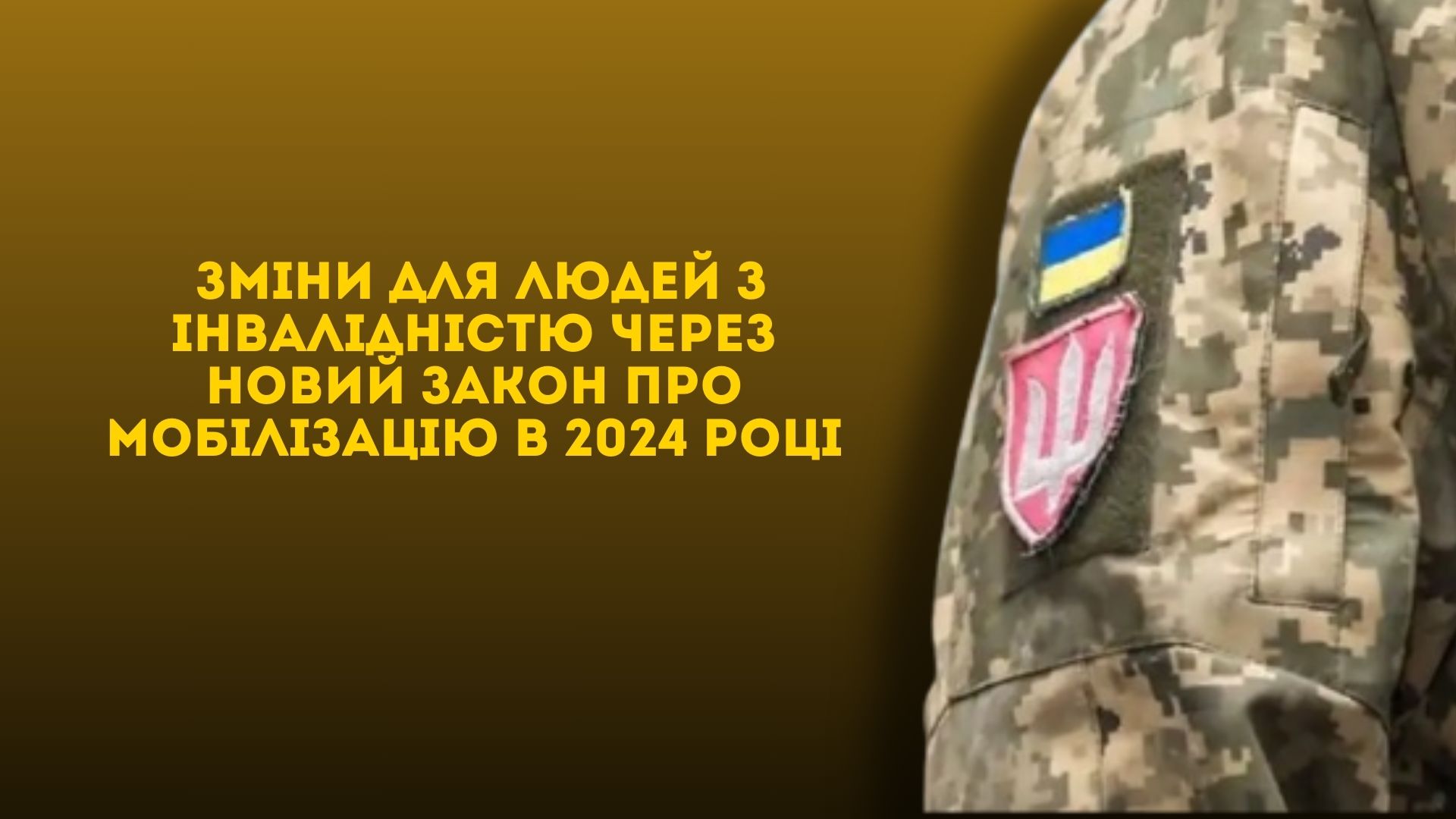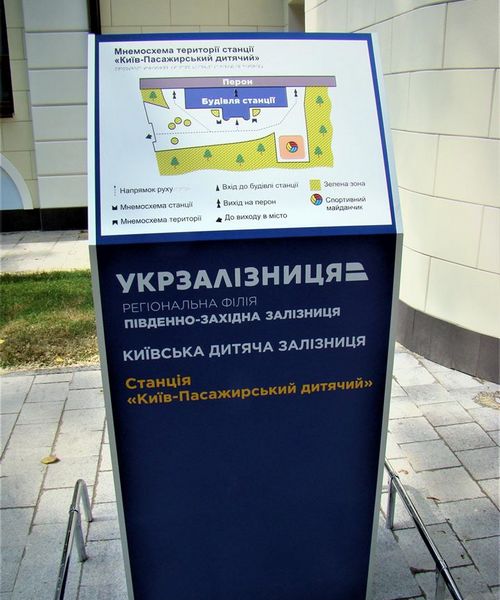
Mnemonic scheme as a means of navigation and orientation in space
There are many devices, devices, elements that should fulfil the task of adapting space for the needs of low-mobility groups of population (MGP). Among them mnemonic diagrams have a special place – a means of navigation and orientation in space for visually impaired people. Mnemonic diagrams belong to the group of tactile accessibility elements of TED (DBN 2.2.40-2018, Section 8).
Mnemonic diagrams are not something new for Ukraine. On the contrary, the number of them on different types of objects is growing exponentially. But the problem is that the relevant products (as well as many others in the field of accessibility) in 90% of cases are ordered, manufactured and installed on a formal basis. That is – “to be” … To show them during various inspections, the media or abstract human rights activists who, without understanding the nuances, record the presence or absence of certain elements of accessibility without reference to the needs of a particular user.
What is a mnemonic scheme? It is an ordinary navigation scheme adapted for perception by visually impaired persons. The key word here is ADAPTED.
What kind of mnemonic schemes mostly exist in Ukraine today? These are ordinary evacuation plans, the whole adaptation of which consists only in presenting the information in a tactile form. No one really worries whether a blind user will be able to understand this scheme by touch, will be able to orientate by it. No one is particularly concerned about whether a user with reduced or residual vision will be able to use the diagram or navigate with the help of the diagram.
Now the situation is beginning to change thanks to the “Resource Centre “Barrier-Free Ukraine”, which is one of the leaders in Ukraine in the development and implementation of the concept of accessibility of the environment for the needs of people with disabilities, and which today has no competitors in the quality of production of tactile informers.
The very concept of the approach to the production of mnemonic schemes is changing. More precisely, the concept does not change, it is directed to a single possible end result.
The first attempt to implement the new approach was realised at the Svyatoshyn metro station in Kyiv. It has been repeatedly noted that the Svyatoshyn metro station after major renovation is one of the few facilities in Ukraine that is almost fully accessible and safe for various categories of people with disabilities, including the visually impaired.
One of the important components of the complex accessibility of the station are new mnemonic schemes, made in a fundamentally new format. What is the new approach?
First of all, it is necessary to develop a navigation scheme, i.e. a scheme understandable to any user, with the help of which the user can easily and quickly get the necessary information.
Then this scheme needs to be adapted. In our case – for visually impaired people. That is, to use different types of colours for different types of objects, to work out the size and format of flat fonts, as well as to adapt the obtained result in tactile form and Braille.
And, let’s say again, the key word here is ADAPTITE. Not to fulfil (copy) the TOTAL tactility of the flat-printed version, but to develop the principle of tactile navigation and orientation with the help of an appropriate scheme. Accordingly, a tandem of a designer, a typhlopedagogue-adaptor and a specialist who understands the issues of orientation and mobility in space of visually impaired people should work here (and was involved). No other way to introduce real accessibility is impossible in principle, if we say that we want our own accessibility provision rather than reporting on accessibility.
For Svyatoshyn metro station specialists of RCBU (POG “Resource Centre” Barrier-Free Ukraine”) developed and produced three types of mnemonic schemes by purpose:
- orienteering on the platform,
- orientation in the lobby,
- orientation on the exit routes of the underground passage.
According to various estimates, the corresponding mnemonic schemes generally fulfil their functions, but as it was, this was only the first attempt to introduce just such a system of mnemonic schemes.
Now the developers understand what exactly, in what direction and format it is necessary to improve further. And already at other stations of Kyiv Metro (the first among them is Syrets station), users will very soon be able to use convenient and improved versions of navigation schemes for visually impaired people – both for blind and visually impaired.
Немного about us: POG “Resource Centre” Barrier-Free Ukraine “is a company of professionals, which has been working for more than 12 years in the field of organisation of socially significant objects of various means and equipment designed for safety and comfort of movement of low mobility groups. We give an opportunity to move to any person, regardless of his physical features. The goal of our work is “Inclusive Ukraine – accessible to everyone!” And the main direction of our organisation is an individual approach to adaptation of the environment for immobile groups of population.



